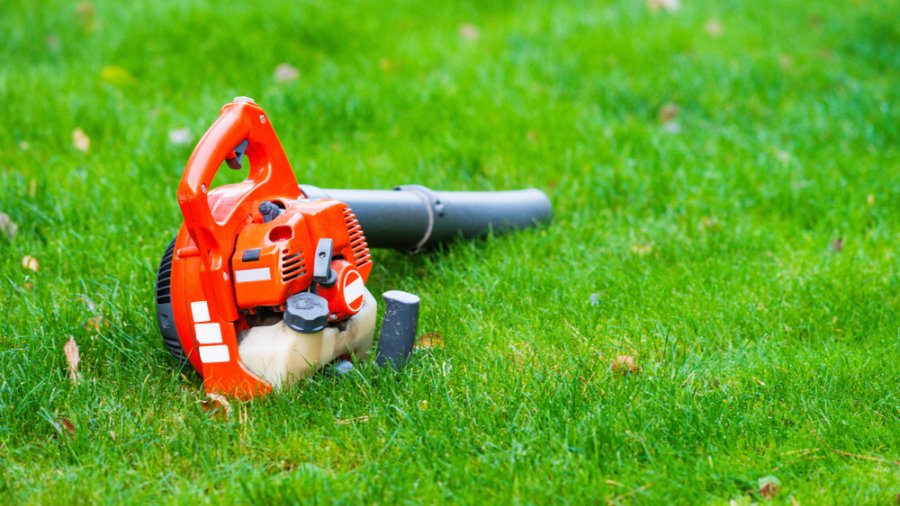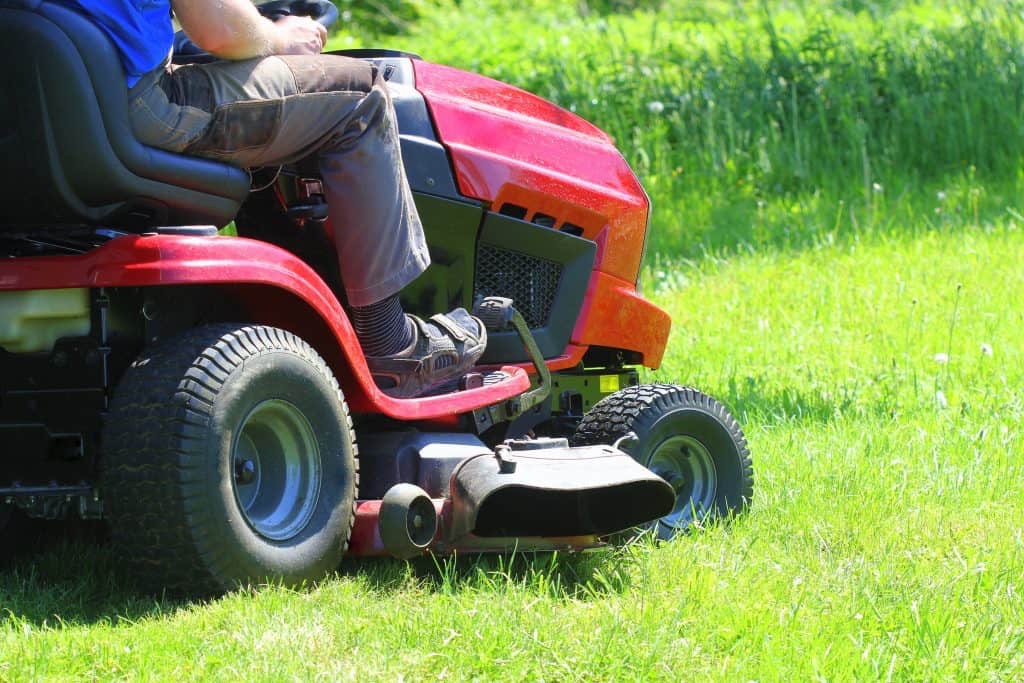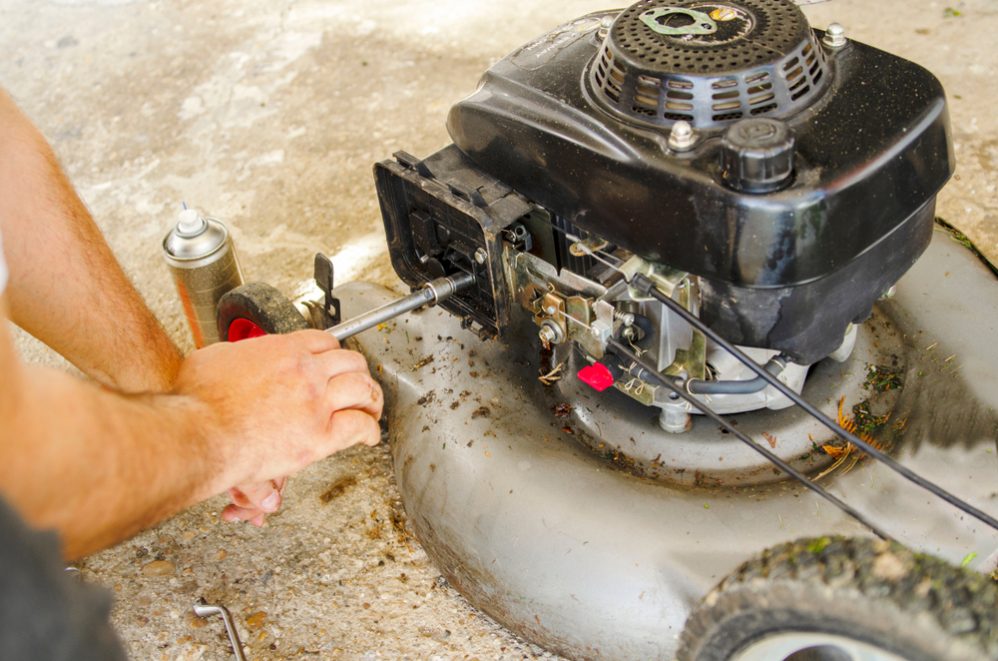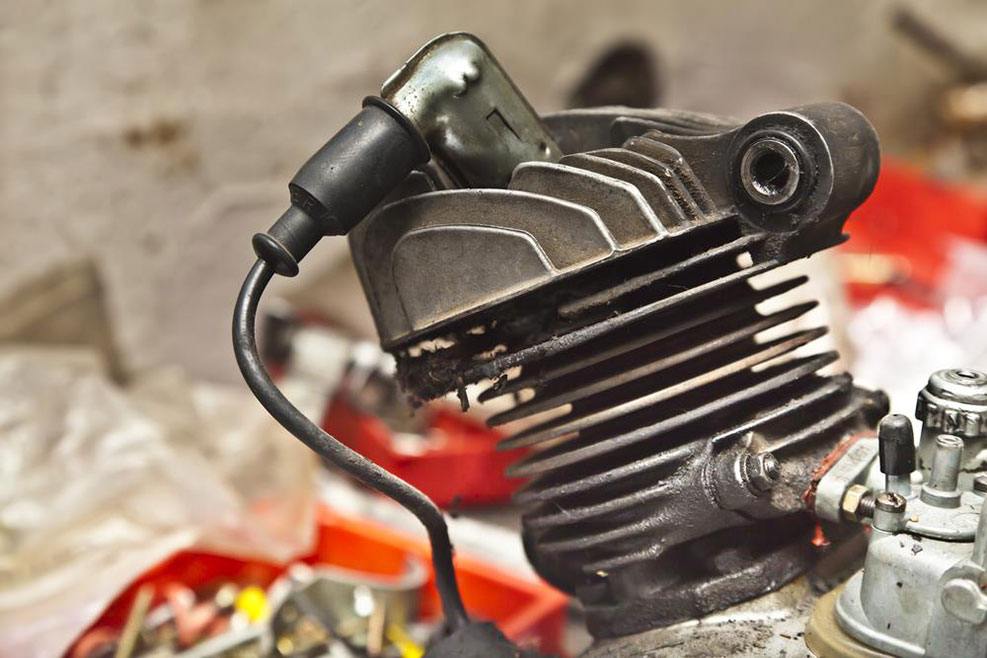Small engines are used in a variety of applications, from lawnmowers and chainsaws to generators and go-karts. Two-stroke and four-stroke engines are the two main types of small engines.
2-Stroke Engines
A two-stroke engine is a type of internal combustion engine that completes a power cycle with two strokes of its piston during one crankshaft revolution. In contrast, a four-stroke engine completes a power cycle with four strokes of its piston during two crankshaft revolutions.

Two-stroke engines are simpler and lighter than four-stroke engines, which makes them ideal for use in small, portable equipment. However, two-stroke engines are also less fuel-efficient and produce more pollution than four-stroke engines.
4-Stroke Engines
A four-stroke engine is a type of internal combustion engine that completes a power cycle with four strokes of its piston during two crankshaft revolutions. The four strokes are intake, compression, power, and exhaust.

Intake: The intake stroke occurs when the piston moves down in the cylinder, drawing in a mixture of air and fuel.
Compression: The compression stroke occurs when the piston moves up in the cylinder, compressing the air-fuel mixture.
Power: The power stroke occurs when the spark plug ignites the air-fuel mixture, causing it to combust. The expanding gases push the piston down, which turns the crankshaft.
Exhaust: The exhaust stroke occurs when the piston moves up in the cylinder, pushing the exhaust gases out of the cylinder.
Four-stroke engines are more fuel-efficient and produce less pollution than two-stroke engines. They are also more reliable and have a longer lifespan. However, four-stroke engines are more complex and heavier than two-stroke engines.
Which Type of Engine Is Right for You?
The type of engine that is right for you depends on your needs and application. If you need a lightweight, portable engine for use in small equipment, a two-stroke engine may be a good choice. If you need a more fuel-efficient, reliable engine for use in larger equipment, a four-stroke engine may be a better choice.
Maintenance Tips
Both two-stroke and four-stroke engines require regular maintenance to keep them running properly. Here are some tips for maintaining your small engine:

- Change the oil regularly. The frequency of oil changes will vary depending on the type of engine and the manufacturer’s recommendations.
- Check the spark plug regularly and replace it as needed.
- Clean the air filter regularly. A dirty air filter can reduce engine performance and fuel efficiency.
- Inspect the spark plug wires and replace them as needed.
- Store your engine in a cool, dry place when not in use.
By following these maintenance tips, you can help ensure that your small engine will provide you with years of reliable service.
Conclusion
Two-stroke and four-stroke engines are the two main types of small engines. Each type of engine has its own advantages and disadvantages. The best type of engine for you depends on your needs and application. Be sure to follow the maintenance tips in this article to keep your small engine running properly.

